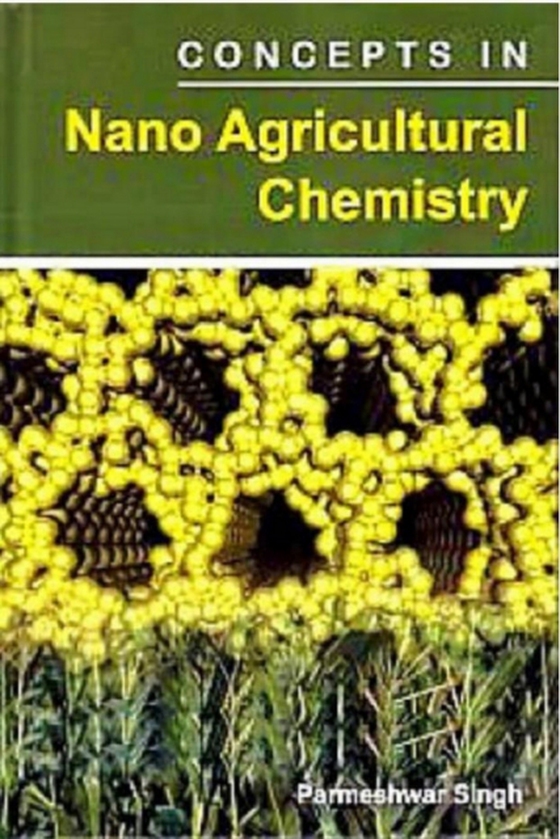
Concepts In Nano Agricultural Chemistry e-bog
1094,57 DKK
(inkl. moms 1368,21 DKK)
When a seed germinates, it produces an embryonic root (radicle) that grows into the soil, in response to the earth's gravitational field. As new cells are added, the root elongates producing hair roots and lateral roots. The roots remain interconnected, developing a network of living cells throughout the soil. Within the root, the inner cells become specialized to conduct solutes (water + subst...
E-bog
1094,57 DKK
Forlag
Anmol Publications PVT. LTD.
Udgivet
30 juni 2013
Længde
222 sider
Genrer
Agriculture and farming
Sprog
English
Format
epub
Beskyttelse
LCP
ISBN
9789390413324
When a seed germinates, it produces an embryonic root (radicle) that grows into the soil, in response to the earth's gravitational field. As new cells are added, the root elongates producing hair roots and lateral roots. The roots remain interconnected, developing a network of living cells throughout the soil. Within the root, the inner cells become specialized to conduct solutes (water + substances dissolved in it) from the root to the shoot (via xylem) and from the shoot to the root (via phloem). Flow from the shoot to the root is achieved by loading sugars produced in the leaves into the phloem. The sugar-laden solute moves downward, to the sites of lower concentration in the root. The xylem, carrying solute from the roots to the shoot, acts like a bundle of capillary tubes, supporting the water in a vertical reservoir. The leaves of the plant actively lose water through pores at the surface (transpiration), drawing the water in the xylem upwards. The book uses straight forward, less-technical jargon and manages to introduce each chapter with a basic concept, which ultimately evolves into a more specific detailed principle.
 Dansk
Dansk

